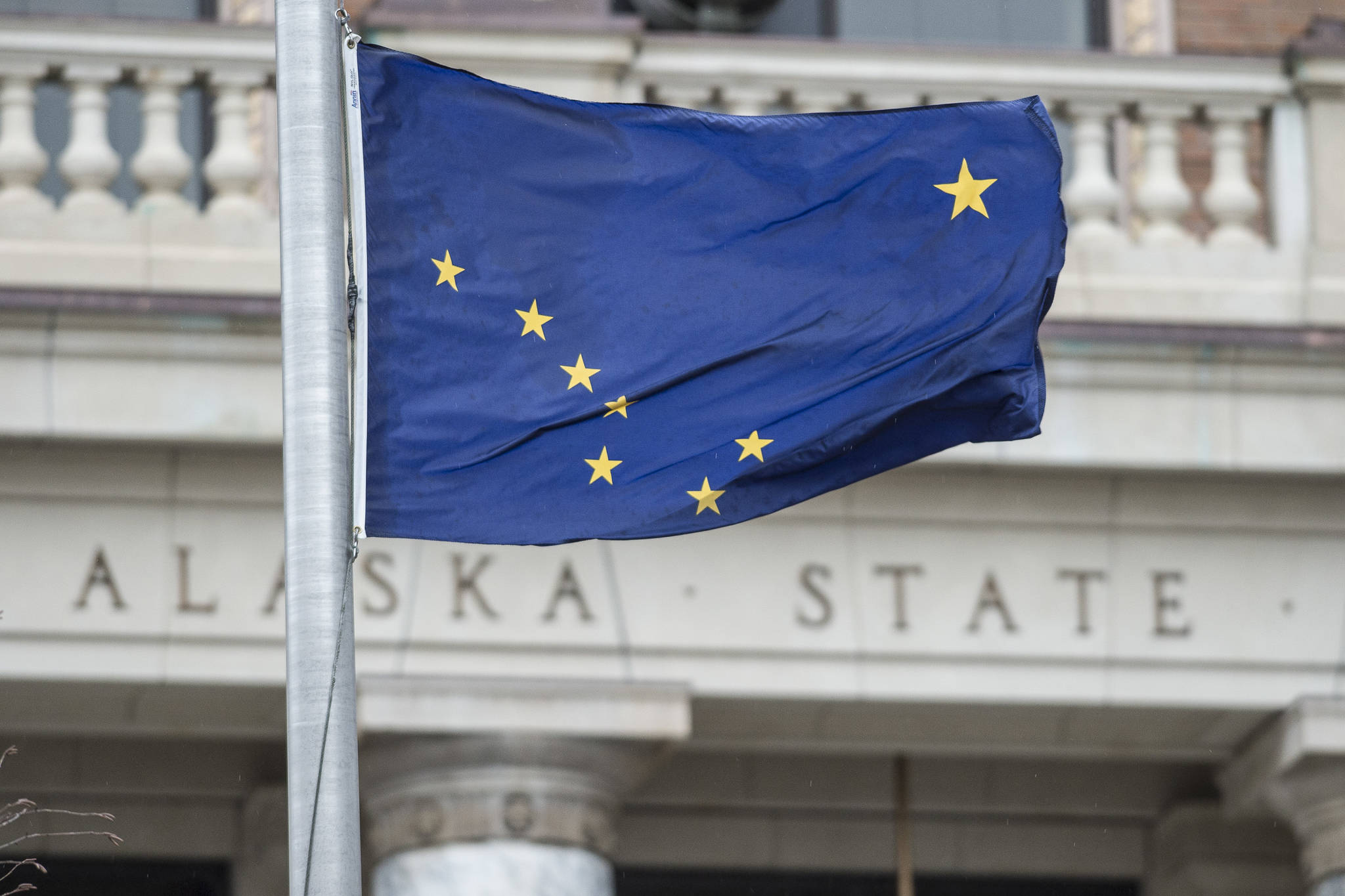When Gov. Mike Dunleavy released his proposed budget in December, he said he intended to allocate a Permanent Fund Dividend of $3,170.
“We’re going to honor the law,” Dunleavy said at the press conference announcing his budget. “The (PFD) still has its calculation in statute.”
But, as the legislative session gears up to start Tuesday, that could change.
“We are focused on solving that formula,” Senate President Cathy Giessel, R-Anchorage, told the crowd at the Resource Development Council on Jan. 9, “amending that 40-year-old law that has been driving our budget.”
Giessel said her goal was to grow the Permanent Fund to $100 billion. As of Nov. 30, the fund is worth $65.7 billion, according to the Alaska Permanent Fund Corporation website.
“That would mean we would not have to depend on the price of a barrel of oil, or even have to talk about an income tax,” she said. “We would be able to fund government off the earnings of that account.”
Giessel said the current PFD formula, in place since 1986, was not sustainable and was damaging to the state’s future revenue. Spending money out of the Permanent Fund to pay large dividends was preventing the fund from growing to a level where state services could be paid for on interest alone, Giessel argued.
The current formula “is based on the number of eligible Alaskan applicants in a dividend year and half of the statutory net income averaged over the five most recent fiscal years,” according to the PFD Division.
Some legislators think reducing the amount allocated by the formula can be done relatively soon after the session starts. What they might change it to is an open question.
“We might make a change to the PFD formula. I can see the leadership in both the House and Senate agreeing to that,” said House Minority Leader Lance Pruitt, R-Anchorage. “That might make it so there’s not as much pressure on the budget.”
Amending the formula would allow the Legislature to move past the debate over how much to allocate for the PFD. During last year’s budget debate and special session, the Legislature was gridlocked over the PFD issue which stymied legislation on other issues.
The 2019 dividends were $1,606 after a contentious legislative session, which ended in a final state budget of $650 million. When Dunleavy signed the 2020 budget, he accused legislators of not following the law.
“Too many in the Legislature now treat the PFD as a political football, arbitrarily setting its amount rather than following the statutory formula Alaskans know and trust,” Dunleavy said in August.
Pruitt said constituents across the political spectrum in his district say they want to see a formula change for the PFD. But with that change, Pruitt said, his constituents also want reassurance the Legislature wasn’t going to increase government spending.
Pruitt said many of his constituents expressed the opinion that “the dividend is less of a sign of, ‘Do I get this money,’ than ‘I don’t trust you to spend it.’”
In 2016, former Gov. Bill Walker was the first governor to tap into the dividend amount to pay for state services after oil prices fell in 2015. Walker used his veto power to reduce the amount paid in the dividend, an action that was ultimately upheld in court.
In his campaign and as governor, Dunleavy has promised to pay full dividends and supplemental payments for the amount taken out of PFDs in past years.
Dunleavy said in an email last week that any change to the formula should be put before voters in the form of a constitutional amendment.
‘A responsible dividend’
Lawmakers who spoke to the Empire were cautiously optimistic this year’s session would be a much more productive one. Last year, lawmakers had difficulty forming a majority and electing a House speaker, delaying the start of session.
But the coalition formed last year has held strong, according to Rep. Chuck Kopp, an Anchorage Republican.
“The House should be very stable like it was last year,” Kopp said, echoing his colleagues who’ve said resolving the PFD issue was front and center of the new session.
“The No. 1 thing we have to address is a responsible dividend that’s sustainable over the years,” Kopp said. “I think we’re making real progress over last year to get the dividend question answered.”
Any change to the formula has to get past not just the Legislature, but the governor’s potential veto as well. Tim Bradner is a former lobbyist and writer covering Alaska politics. In an interview, he told the Empire there’s been discussion of changing the formula before.
“Two or three years ago, the last time there was a lot of teeth gnashing at this, they got hung up with trying to rewrite the formula,” Bradner said. “That kept them in session. We’ve seen this before, and who knows if it’s going to go anywhere.”
Alaska’s Legislature needs 45 votes to override a governor’s veto, something which the Legislature failed to achieve during the summer’s special session. Bradner isn’t sure enough lawmakers can be convinced to make a change.
“You have to look at the Mat-Su delegation,” Bradner said. “Mat-Su constituents are very hot to have the PFD formula (remain). The delegation have been very firm in their support of the existing statute.”
• Contact reporter Peter Segall at 523-2228 or psegall@juneauempire.com.

